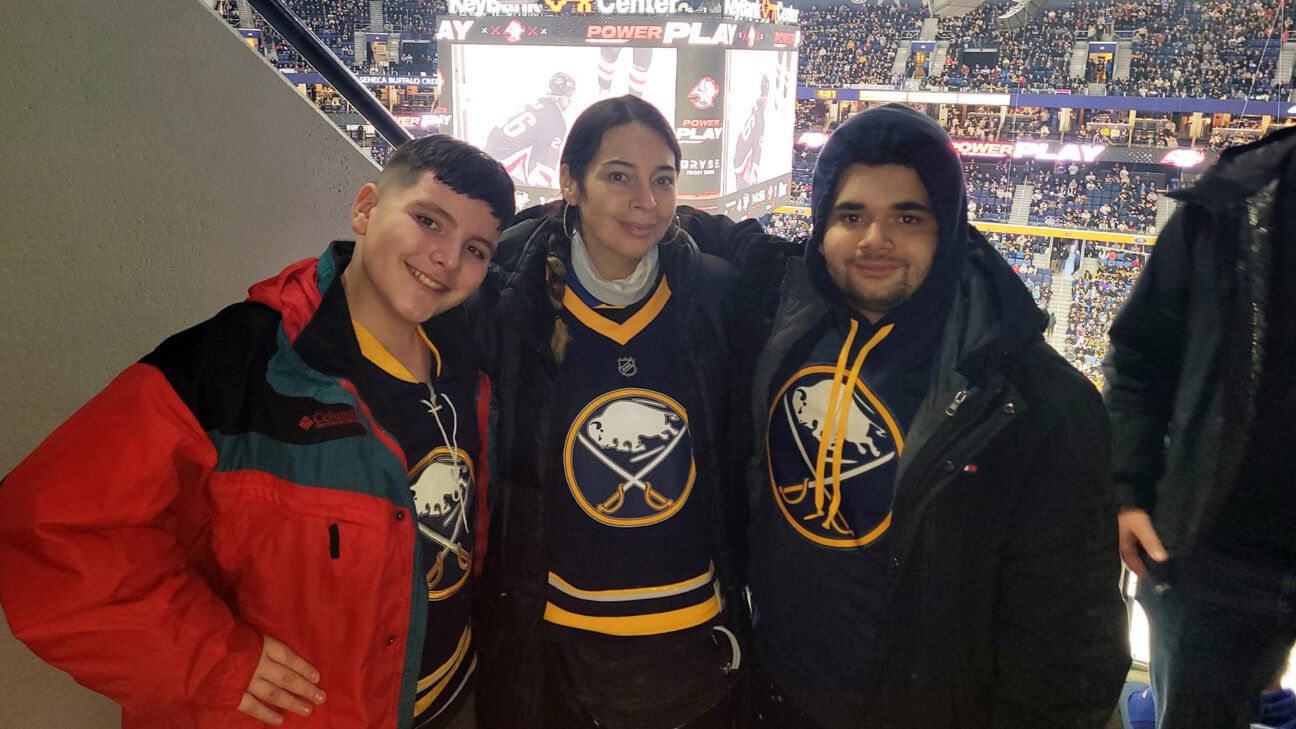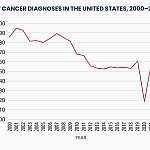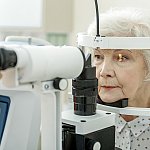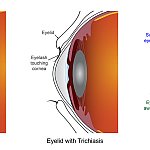
Heart disease is the
Nearly
Joanne Matos was born with an enlarged heart and congestive heart failure, a condition that occurs when the heart does not pump enough blood to vital organs in the body.
Because of her condition, doctors informed her at a young age that having children could put her health at risk. However, at 16 years old, she became pregnant with her first son.
“I told my parents when I was around 5 or 6 months. They weren’t very happy at first but then it was this biggest miracle,” Matos told Healthline.
Her son was born via cesarean delivery (C-section). The baby was also premature and breached.
“Pregnancy puts extra strain on the heart and can make heart failure worse,” Aeshita Dwivedi, MD, a cardiologist at Northwell Lenox Hill Hospital, explained to Healthline.
Matos said having her son changed her life for the better. Eight years after having him, she had her second son.
As a kid, Matos loved sports. She played basketball and soccer despite her two heart conditions. However, many times after playing, she experienced seizures.
“Doctors told my parents, ‘We don’t want her playing sports or doing any excessive activities.’ All I knew was sports. I continued basketball and soccer. I was the star,” she said.
When her sons came into her life, she stayed active with them. In 2018, while she was training for a 5K on her treadmill, she felt nauseous, and her vision became compromised.
“I thought I was dying… at first, it felt like a seizure — the spinning, the dizziness. I thought, OK, I know I’m going to fall and hit my head, so I’m just going to sit down and get on the floor now,” said Matos.
Her youngest son, who was 5 years old at the time, was home with her, and she feared leaving him alone, so she didn’t call 911. Eventually, her vision returned.
“I just rode it out. It felt like forever,” she said.
The next day, she went to work with a swollen, drooping face. The following day, she still felt unwell with a massive headache and decided to go to the hospital.
“I kept thinking I had internal bleeding because my mom passed from bleeding in the brain. I guess [she had] heart failure,” said Matos.
However, during a weeklong stay at the hospital, the doctors determined she had a stroke.
“With a very weakened heart muscle, there is no longer robust flow of blood through the heart, and when blood is slowed down, it can cause a blood clot, which can then be ejected from the heart and increase a person’s risk for stroke,” Isla McClelland, MD, who specializes in adult congenital heart disease at The Ohio State University Wexner Medical Center, told Healthline.
In 2019, Matos had a pacemaker implanted to regulate her heart’s irregular rhythm. Within a year, she experienced two silent heart attacks.
Silent heart attacks occur without warning signs or symptoms. The onset results from a blockage in one of the heart’s arteries, which restricts blood flow to the heart muscle and causes damage.
“I didn’t even know I was having them,” she said.
Due to Matos’ condition, her doctors recommended she get a heart pump called a left ventricular assist device (LVAD), which helps the heart pump blood.
“In very severe cases of heart failure, patients may need LVAD. It can sometimes be a bridge to [a] heart transplant,” said Dwivedi.
Matos declined to undergo surgery for LVAD because having one comes with restrictions on activities like swimming, contact sports, and anything that could lead to a fall.
“If I have any regrets, I wish I would have gotten an LVAD sooner,” she said.
While medications are the first line of treatment for heart failure, if a person has advanced heart failure where medications alone are not sufficient for treatment, McClelland said advanced therapies include LVAD and evaluation for heart transplant.
According to the
In 2020, Matos’s symptoms reached a high. She experienced weight gain and difficulty breathing, and her legs, ankles, and feet were swollen to the point where she had to crawl up the stairs because she could no longer make it upstairs by walking. Still, she continued to work and get her kids to their activities.
“Being a mom always pushes me. Just because I’m over here struggling, I don’t want my kids struggling,” she said.
Matos said she remained diligent about getting regular screenings to evaluate her heart failure. Doctors typically use the following
“If someone has congestive heart failure it is important to have regular heart screenings to assess the strength of their heart as well as the effectiveness of any treatment they may be undergoing,” said McClelland. “Regular follow ups with their cardiologist can also help determine any next steps in treatment that need to be taken.”
During an appointment at Matos’ hospital to perform a heart catheterization, which examines the blood flow through the heart, doctors informed her that her organs were shutting down and that an LVAD was the only option to keep her alive.
“So it was a no-brainer at that point: life or death. They told me you’re not going to live to see the weekend,” said Matos.
While recovery involved a challenging six months, Matos pushed herself to move more each day.
She said she continues to exercise by engaging in activities her doctor has cleared her for, like using the elliptical machine. She hopes to walk or jog in a 5K sometime this spring.
“If you can’t do one thing, find something else you like,” she said.
Matos can no longer swim because of the risk of the LVAD getting wet and she said the hardest thing she had to give up was kayaking.
But all the sacrifices she made were worth it to breathe easier and live on, she said. This became clear to her as soon as she woke up from surgery for the LVAD.
“That very moment I was able to breathe. People take these little things for granted,” she said. “I felt like I was dying for so long that that first breath, that’s when it hit me.”
Today, Matos is well enough that her doctors plan to place her on the heart transplant list next year.
“Heart failure is not a death sentence. It’s a bump in the road. It’s part of your life journey,” she said.
“You have to believe in yourself. Trust your doctors. Follow the medications that are prescribed for you. But ultimately, you have to stay positive.”
Nearly 6.7 million adults in the U.S. live with heart failure, a form of heart disease.
Joanne Matos has navigated a lifelong journey with congestive heart failure and an enlarged heart.
Following a stroke and two heart attacks, she said getting the right treatment helped her learn how to thrive and lead an active lifestyle.
February is American Heart Month. Learn how to help protect heart health in your community with the National Heart, Lung, and Blood Institute’s





